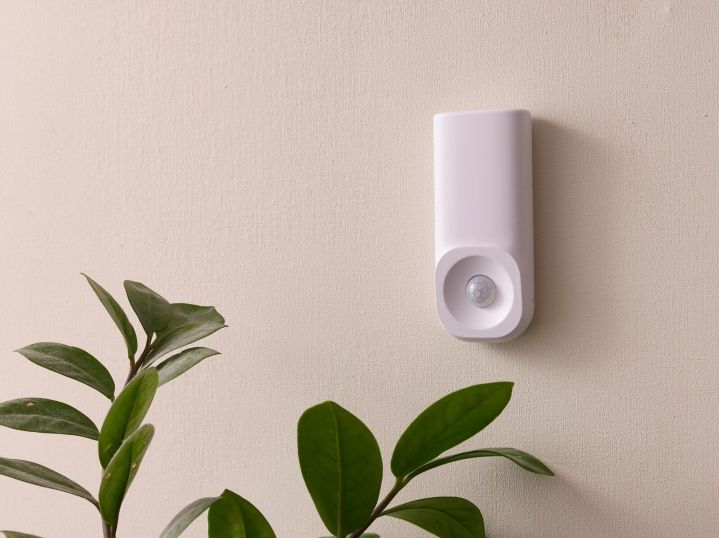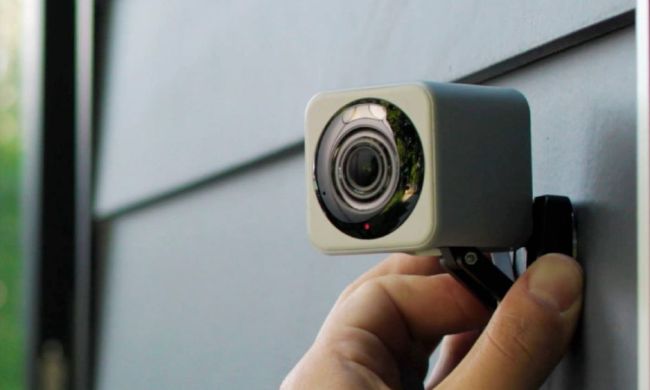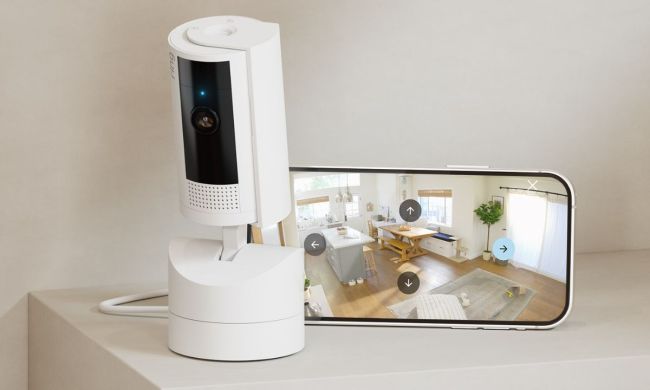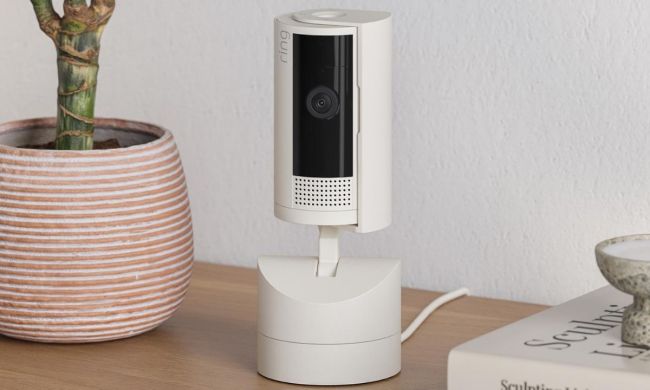
We all want to feel safe in our own home, and security systems are one way to add peace of mind. The problem is, most of the services meant to provide that protection cost an arm and a leg. Kangaroo, a startup based in New York, is looking to change that with the release of its budget-friendly, internet-connected motion sensors.
Here’s how the Kangaroo system works: The motion sensors connect to the Wi-Fi network in your home. You can activate the sensors when you leave your home or turn them off when you’re staying in through the Kangaroo app. When the sensors detect any sort of unexpected movement (they can supposedly account for pets, cutting down on false alarm situations), the devices push an alert to you and anyone else that you set up on your plan.

Basically, everything about the Kangaroo security set up is as simple as can be. The sensors themselves and the app that accompanies it are both called Kangaroo. Installing the devices simply requires peeling off the adhesive cover and sticking it to your wall. Even the pricing is made easy; it’s $30 per sensor, and you can introduce as many as you would like to your home.
Where things get a little trickier is the monthly cost added for the monitoring service. Kangaroo provides two options: Either monitor notifications and alerts from the monitors yourself while paying a $1 per month fee for the service, or pay $9 per month to have a professional keep an eye on alerts for you. The pricier service provides 24/7 monitoring, which includes calling emergency services when needed communicating with authorities when you’re not home or unable to respond to the alert. The professionals can also provide guidance to customers during emergencies.
Just 17 percent of homes in the United States has a security system, per the National Council for Home Safety and Security. That is in part because the setup costs and extensive installation processes for many systems make them prohibitive to most people. (It’s also in part because, statistically speaking, we live in one of the safest periods in history and property crime has been on a steady decline for some time now.) For those looking to adopt more of a do-it-yourself approach for security and protect your wallet as well as your home, Kangaroo presents itself as a viable security option that won’t break the bank or be overly invasive.


